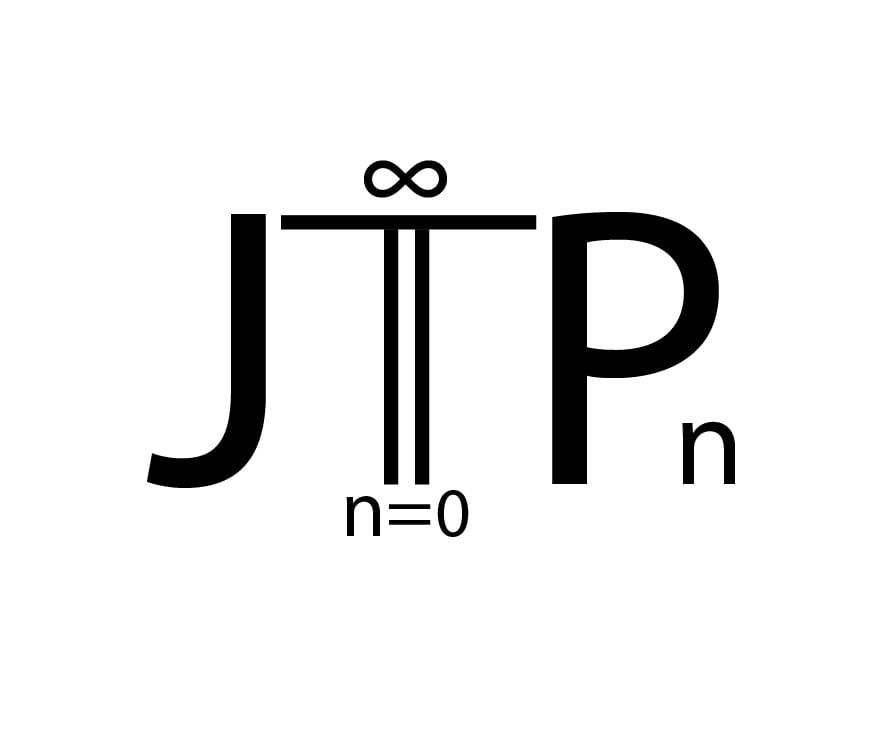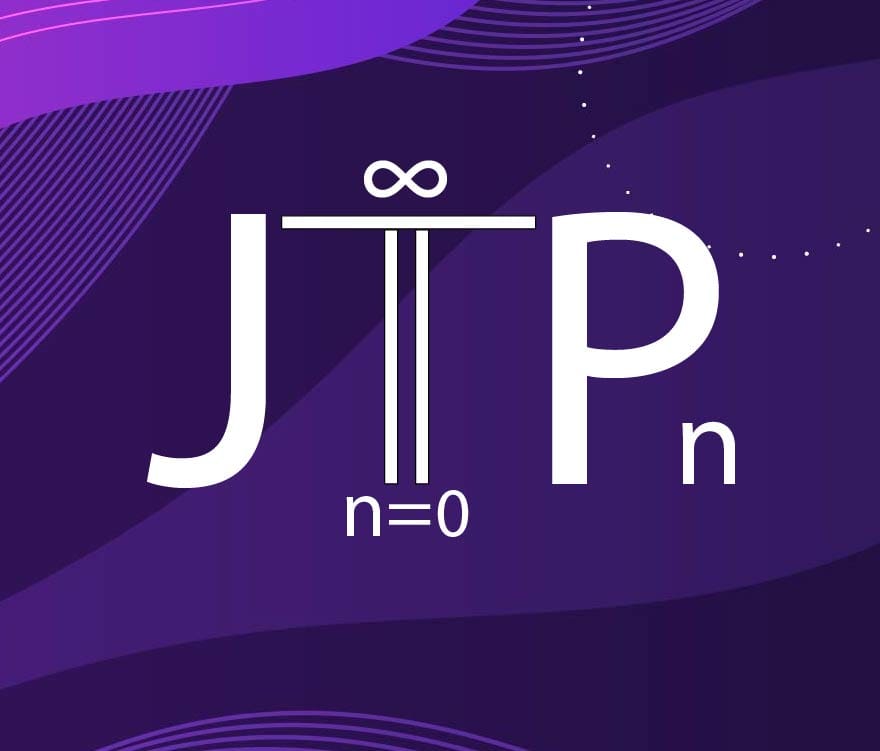The phrase “violates RH-bounds” appears naturally in the structural analysis of Burns Law. Here, I define this phrase precisely and explain why the Burns approximation to the prime counting function is by construction incompatible with any error estimate implied by the Riemann Hypothesis.
1. The RH-Bound: The Classical Error Estimate
If the Riemann Hypothesis is true, then the error term in the prime number theorem satisfies the well-known bound
$$
\pi(x) - \operatorname{Li}(x) = O!\left(x^{1/2}\log x\right).
$$
This is optimal under RH.
It expresses the strongest possible constraint on fluctuations of the prime distribution implied by the zeros lying on the critical line.
I refer to this asymptotic regime as the RH-bound.
2. Burns Law Lives in a Larger Asymptotic Regime
The Burns approximation introduces a drift term
$$
-C x \log\log x,
$$
which grows strictly faster than $x^{1/2}\log x$ as $x \to \infty$:
$$
\frac{x \log\log x}{x^{1/2} \log x}
= x^{1/2} \cdot \frac{\log\log x}{\log x} ;\longrightarrow; \infty.
$$
This means:
- the drift term dominates the strongest RH-consistent fluctuation size,
- the Burns error term necessarily exceeds the RH regime, and
- the Burns model cannot be made compatible with any asymptotic estimate that assumes RH.
Formally:
$$
\pi_B(x) - \operatorname{Li}(x) \notin O(x^{1/2}\log x).
$$
This is the definition-level meaning of “violates RH-bounds.”
3. Why This Matters Structurally
Burns Law is designed to model prime oscillations in a regime where the classical error term is too small to encode the observed large-scale structure. The inclusion of the $-Cx\log\log x$ term shifts the model into a post-RH regime, where the oscillatory and resonant features of prime distribution require a larger asymptotic frame.
The consequence is structural:
- RH constrains the error to $\sqrt{x}\log x$
- Burns Law requires a larger geometry
- Therefore, the two are incompatible at the error-term level
Thus the phrase “violates RH-bounds” does not refer to a theorem or an empirical contradiction — it refers to the asymptotic regime encoded into the model.
Burns Law is not an RH-compatible model. It is a model built for the universe where RH fails.
4. Why the Burns Topology Depends on This
The Burns Topology uses
$$
d_B(z_1,z_2)
= |P(\Re z_1)-P(\Re z_2)|+|P(\Im z_1)-P(\Im z_2)|,
$$
where $P(x)$ contains the same drift term $-Cx\log\log x$.
This means:
- the metric geometry on $\mathbb{C}$ inherits the post-RH asymptotic scale,
- the topology cannot be expressed within the RH-bound regime, and
- the geometry of the complex plane in the Burns setting is arithmetically distorted by exactly the term that violates RH.
The topology reflects the true asymptotic size of prime fluctuations, not the hypothetical RH-bounded version.
5. Summary
“Violates RH-bounds” means:
The Burns approximation contains an explicit term of size
$$x\log\log x,$$
which grows faster than the $x^{1/2}\log x$ error term predicted by the Riemann Hypothesis.
Therefore, Burns Law does not satisfy any RH-compatible error estimate.
This is a definitional asymptotic statement, not a theorem.
It clarifies the regime in which Burns Law operates: a regime beyond RH.
If you want, I can generate:
- a diagram or plot showing the scale separation
- a companion post on the Burns Topology vs RH geometry
- a visual figure illustrating $x^{1/2}\log x$ vs $x\log\log x$
Just tell me. Comment below.


Discussion